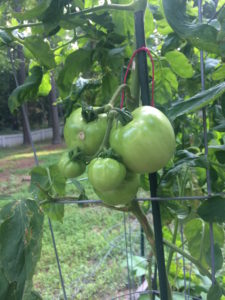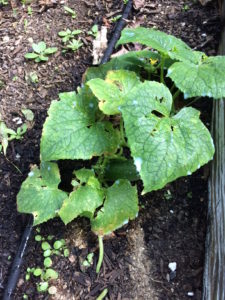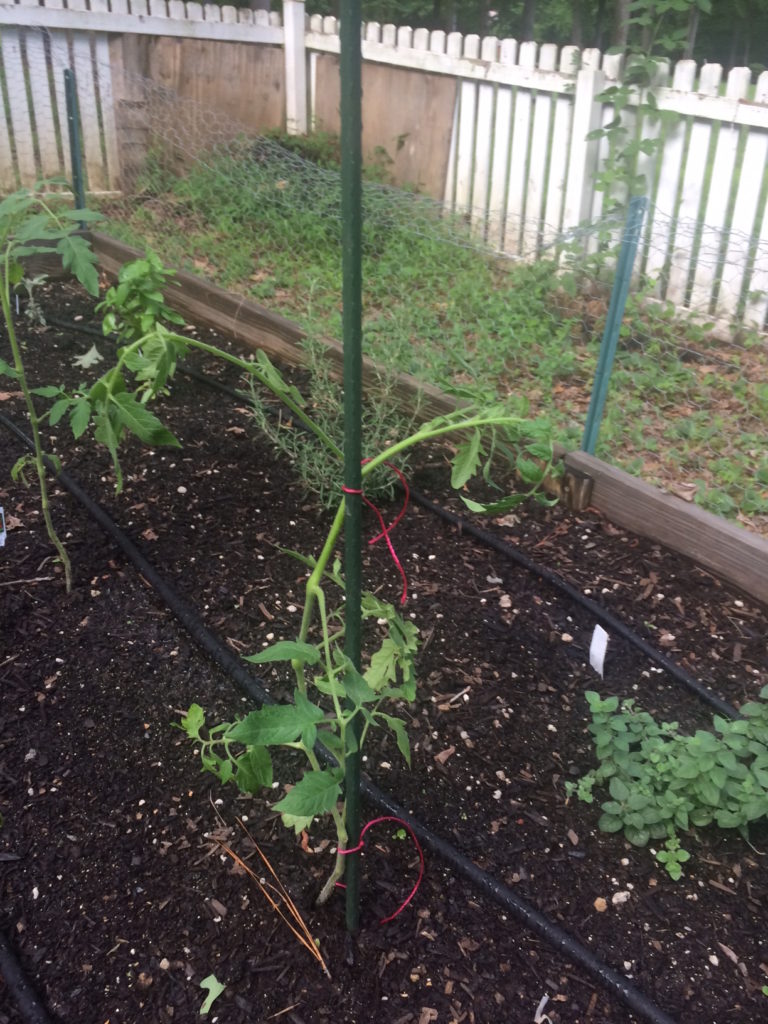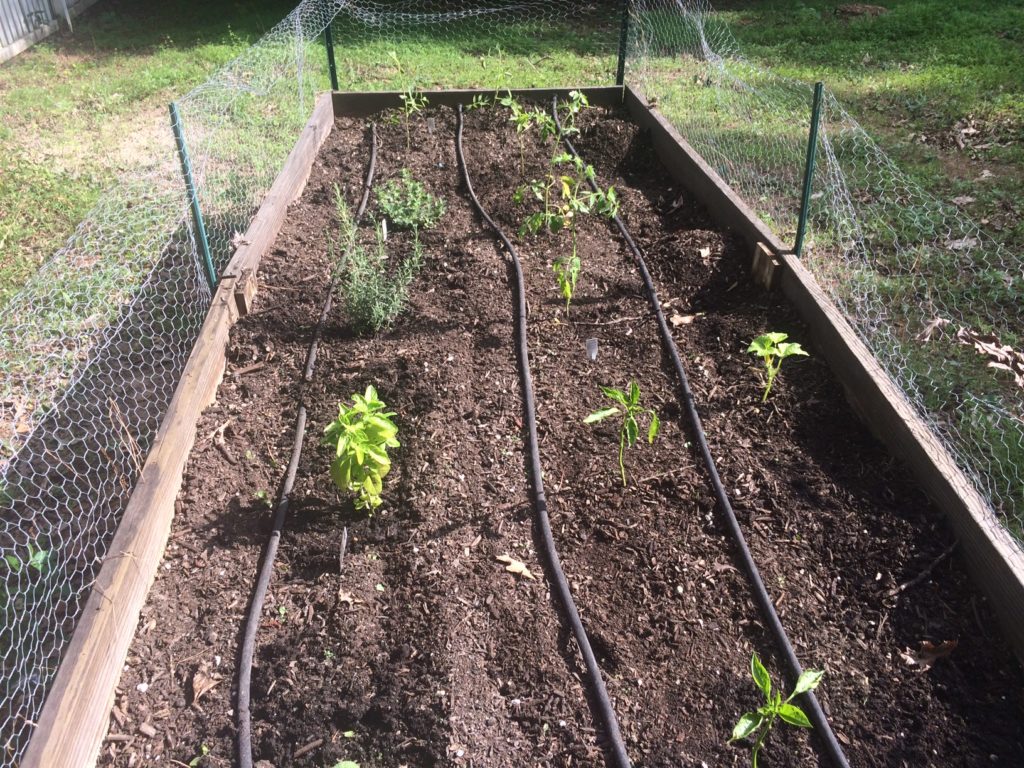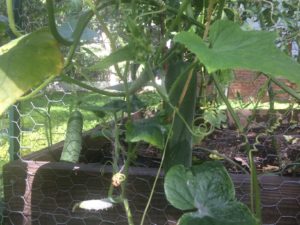My last post was nearly two years ago in August 2017. Like unasked for summer sequels, Veggie Garden Virgin is back. I’d like to pretend I’m writing again for my large number of fans, but in reality my reader base is smaller than the number of 2020 Democratic presidential candidates.

I meant to close out the blog in fall 2017 but things didn’t work out that way. Picture it- Dominican Republic, October 2017. First day off the ship of an eight day cruise and Steve and I are jumping off waterfalls, ignoring all advice from TLC. Long story short- Steve landed in the water wrong, hurt his back, rode a donkey down the hills we had hiked up because he couldn’t walk and drank copious amounts of rum to deal with the pain. We didn’t realize his back was broken until we got back to the States a week later.

That set off three months of recovery and pretty much putting everything on hold. But don’t worry, Steve is doing fine now but he’s been cured of attempting adventurous activities.
Back to the present day- I started my garden pretty late this year, at the end of May. I don’t have a good reason for starting so late besides procrastination. Before planting, I did get a soil test from NC Cooperative Extension. It showed the fertilizer level was way too high. This is a result of adding multiple applications of fertilizer the previous two summers to encourage growth .
Soil quality is important to having a successful garden. With sample results in hand, I went to the garden store to ask the experts how I should proceed. They instructed me to add blood meal to the soil to counteract the fertilizer. I worked blood meal into the garden before planting broccoli, pepper, tomato, cucumber and strawberries. I know strawberries aren’t in season, but they sold us a 2 for 1 in case the plants didn’t produce. I love a good deal, so why not?
I decided to finally get around to restarting the blog. We’ll see how things go this summer. I’m hoping to avoid the problems of the past.





